Growing Automotive Industry
The automotive industry is increasingly incorporating glass mat materials into vehicle manufacturing, driven by the need for lightweight and fuel-efficient components. Glass mats are utilized in various applications, including body panels and interior components, due to their excellent strength-to-weight ratio. The Glass Mat Material Market is projected to expand as automotive manufacturers seek to comply with stringent emissions regulations and enhance vehicle performance. With The Glass Mat Material expected to grow at a compound annual growth rate of around 4% over the next few years, the demand for glass mat materials is anticipated to rise correspondingly, further solidifying their role in the automotive sector.
Rising Demand in Construction Sector
The construction sector is experiencing a notable surge in demand for glass mat materials, primarily due to their lightweight and durable properties. As infrastructure projects expand, the need for materials that enhance structural integrity while reducing overall weight becomes paramount. The Glass Mat Material Market is witnessing a projected growth rate of approximately 5% annually, driven by the increasing adoption of composite materials in building applications. This trend is further supported by the growing emphasis on energy efficiency and sustainability in construction practices. Consequently, manufacturers are focusing on developing innovative glass mat solutions that cater to the evolving needs of the construction industry, thereby solidifying their position in the Glass Mat Material Market.
Diverse Applications Across Industries
The versatility of glass mat materials is a key driver in the Glass Mat Material Market. These materials find applications in a wide range of sectors, including construction, automotive, aerospace, and consumer goods. Their ability to provide strength, durability, and lightweight characteristics makes them suitable for various uses, from insulation to structural reinforcement. As industries continue to explore innovative applications for glass mats, the market is likely to expand. The increasing trend towards composite materials in manufacturing processes further supports this growth, as companies seek to leverage the unique properties of glass mats to enhance product performance and reduce weight.
Advancements in Manufacturing Technologies
Technological advancements in manufacturing processes are significantly influencing the Glass Mat Material Market. Innovations such as automated production lines and improved resin formulations are enhancing the quality and performance of glass mat materials. These advancements not only streamline production but also reduce costs, making glass mats more accessible to various industries. For instance, the introduction of advanced weaving techniques has led to the development of high-performance glass mats that exhibit superior mechanical properties. As a result, the Glass Mat Material Market is likely to benefit from increased efficiency and reduced waste, positioning manufacturers to meet the growing demand across multiple sectors.
Environmental Regulations and Sustainability Initiatives
Increasing environmental regulations and sustainability initiatives are propelling the Glass Mat Material Market forward. Governments and organizations are advocating for the use of eco-friendly materials in various applications, including construction and automotive. Glass mat materials, being recyclable and energy-efficient, align well with these sustainability goals. The market is witnessing a shift towards products that minimize environmental impact, which is likely to drive innovation in the development of greener glass mat solutions. As industries strive to meet regulatory requirements, the Glass Mat Material Market is expected to see a rise in demand for sustainable materials that contribute to a circular economy.


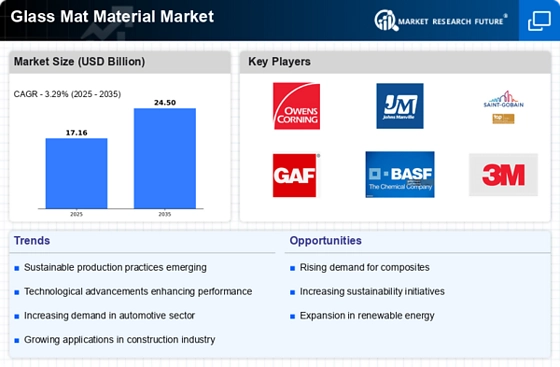
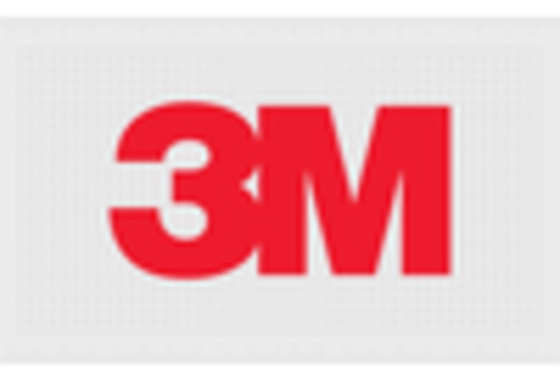

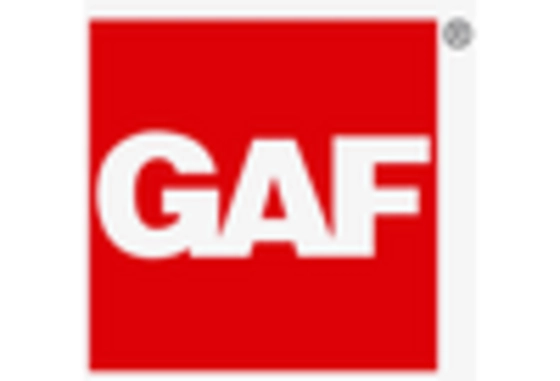
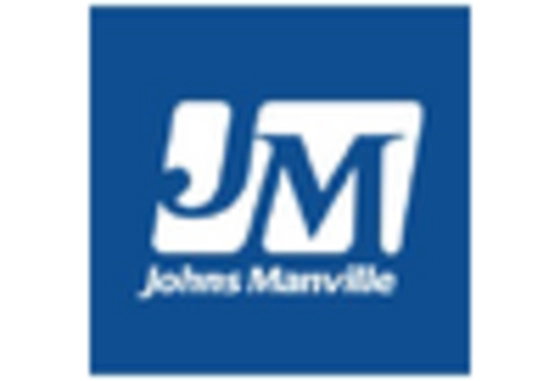
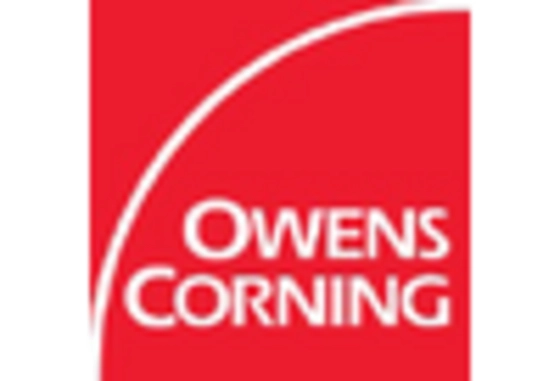
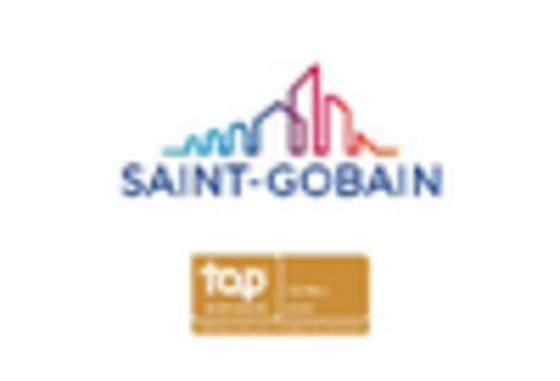








Leave a Comment